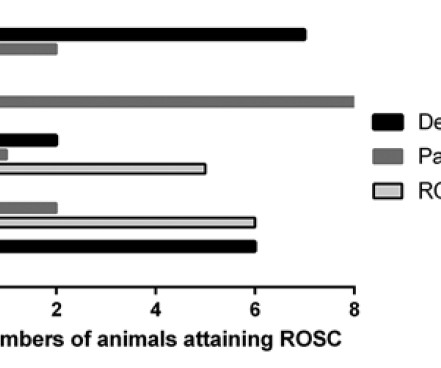Glasgow Coma Scale in Children
Pediatric EM Morsels
JULY 21, 2023
Motor Fingernail bed pressure with a pencil first If flexion outcome, then apply painful stimulus to neck or head (trapezius or supraorbital notch) to look for localization Spinal reflex can result in a falsely elevated score if lower extremity pain induced Verbal Orientated- Able to answer all questions. Fun fact for animal lovers!-

























Let's personalize your content